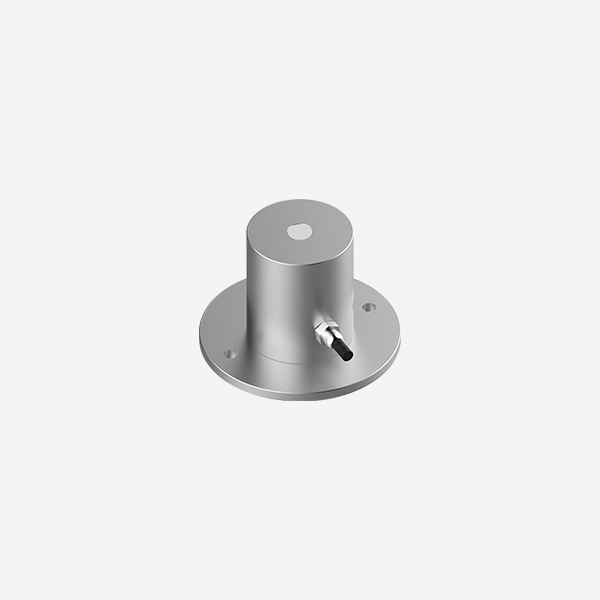Agriculture has been a crucial part of human civilization for thousands of years. It has evolved from simple cultivation techniques to modern-day precision agriculture, which uses technology and data science to optimize crop production. Soil sensors are one such technology that has revolutionized the way farmers manage their crops. This article explores the use of soil sensors in agriculture and the benefits they provide for optimal crop management.

What are Soil Sensors?
Soil sensors are electronic devices that measure different parameters of the soil, such as moisture, temperature, and nutrient levels. They are typically placed in the ground at a certain depth depending on the crop being grown and the type of sensor being used. The sensors collect data at regular intervals and transmit it to a computer or mobile device for analysis.
Types of Soil Sensors
There are several types of soil sensors available in the market today, each with its unique features and benefits. Some of the most common soil sensors include:
Moisture Sensors: These sensors measure the amount of water present in the soil and help farmers determine when to irrigate their crops.
Temperature Sensors: These sensors measure the temperature of the soil and help farmers determine the best time to plant their crops.
Nutrient Sensors: These sensors measure the nutrient levels in the soil and help farmers determine when and how much fertilizer to apply to their crops.
pH Sensors: These sensors measure the acidity or alkalinity of the soil and help farmers determine the best crops to grow in that particular soil.
Benefits of Soil Sensors
Soil sensors provide several benefits for farmers who use them in their crop management practices. Some of the benefits include:
Increased Yields:
By providing real-time data on soil conditions, farmers can optimize their crop management practices and increase yields.
Reduced Costs:
Soil sensors help farmers save money by minimizing water and fertilizer usage, as they only apply these resources when necessary.
Improved Soil Health:
By monitoring soil conditions, farmers can identify areas that require improvement and take corrective measures to improve the health of the soil.
Environmentally Friendly: By using soil sensors, farmers can reduce their environmental impact by minimizing the use of water and fertilizer, which can lead to soil and water pollution.
Challenges of Using Soil Sensors
While soil sensors offer many benefits, there are also some challenges associated with their use. Some of the challenges include:

Cost: Soil sensors can be expensive to purchase and install, which can be a barrier for small-scale farmers.
Data Management: Soil sensors generate large amounts of data, which can be challenging to manage and analyze, especially for farmers who do not have access to sophisticated data management tools.
Maintenance: Soil sensors require regular calibration and maintenance to ensure accurate readings, which can be time-consuming and expensive.
Conclusion
Soil sensors are an important tool for farmers who want to optimize their crop management practices. By providing real-time data on soil conditions, farmers can make informed decisions about irrigation, fertilization, and planting, leading to increased yields, reduced costs, improved soil health, and environmentally friendly farming practices. While there are challenges associated with the use of soil sensors, the benefits outweigh the costs, making them an essential tool for modern-day precision agriculture.
